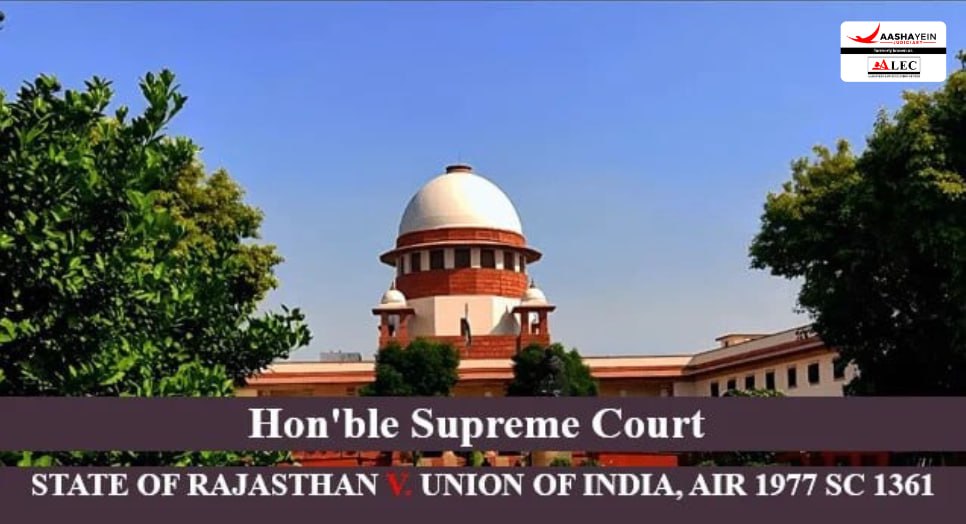Bench of Justices B.V. Nagarathna and S.C. Sharma
Introduction
The Supreme Court, in this case, quashed FIR filed under Sections 376, 376(2)(n), 377, 504, and 506 of the IPC against a young man accused of rape on the basis of a false promise to marry. The Court held that a consensual sexual relationship with a married woman, even if based on a promise of marriage, cannot give rise to a prosecutable offence under Section 376 IPC, especially when such promise is inherently illegal and unenforceable.
- Section 376 IPC (Now Section 64 of BNS) – Rape
- Section 376(2)(n) IPC (Now Section 64 of BNS) – Repeated rape
- Section 377 IPC – Unnatural offences
- Section 504 IPC (Now Section 352 of BNS) – Intentional insult
- Section 506 IPC (Now Section 351 of BNS) – Criminal intimidation
- Section 90 IPC (Now Section 28 of BNS) – Consent given under a misconception of fact
- Section 482 CrPC (Now Section 345(3)of BNS) – Inherent powers of the High Court to quash FIRs
- Principles from State of Haryana v. Bhajan Lal, 1992 Supp (1) SCC 335 – on quashing of FIRs
Facts of the Case
The Appellant, a 25-year-old student, was accused by a married woman (Respondent No. 2), who was separated from her husband but not legally divorced. The complainant alleged that the appellant had sexual intercourse with her on a false promise of marriage, and continued the relationship for over a year. The High Court refused to quash the FIR under Section 482 CrPC. The appellant approached the Supreme Court seeking quashing of the FIR.
You can also read the blog of Upcoming Judiciary Exams 2025: Notifications, Eligibility, and Key Dates
For more information, visit [Aashayein Enquiry Section]
Issues Before the Court
- Whether the allegations disclosed in the FIR, even if accepted at face value, constituted a cognizable offence under Section 376 IPC?
- Whether the FIR was liable to be quashed under Section 482 CrPC, based on the facts and circumstances?
- Whether a sexual relationship with a married woman on the alleged promise of marriage could attract criminal liability for rape?
Contentions of the Petitioner
The relationship was purely consensual and lasted over a year. The complainant was married at the time and obtained a divorce (Khulanama) only after the relationship began. A promise to marry made to a married woman is legally unenforceable and therefore cannot be the basis of a charge under Section 376 IPC. No material evidence showed fraudulent intent or inducement from the beginning. The FIR was an abuse of the process of law and should be quashed under Section 482 CrPC, following the principles in State of Haryana v. Bhajan Lal.
Contentions of the Respondent
The complainant alleged that the appellant had sexual relations with her on the false assurance of marriage. Such inducement, even if made to a separated woman, could amount to rape under Section 376 IPC. The FIR raised serious allegations requiring full investigation.
Court’s Analysis
The Court rejected the contention that a promise to marry made to a woman who was legally married at the time could be treated as a valid inducement. Such a promise was illegal and unenforceable from the beginning, making it inconceivable that consent was obtained by fraud or misconception of fact. Reiterated that a mere breach of promise does not amount to rape unless it is proved that the promise was false from the inception and intended to deceive. The Court found no material evidence to suggest that the appellant misrepresented or induced the complainant into a sexual relationship. The complainant's conduct – sustaining the relationship, visiting lodges, and continued association – contradicted her allegations. Referred to the Bhajan Lal case to emphasize that continuation of prosecution in such cases would amount to abuse of process.
Conclusion
The Supreme Court quashed the FIR under Section 482 CrPC, allowing the appeal.
Held that: The relationship was consensual. The promise of marriage, even if made, was unenforceable due to the complainant’s marital status. There was no case of rape or sexual assault made out against the appellant.

